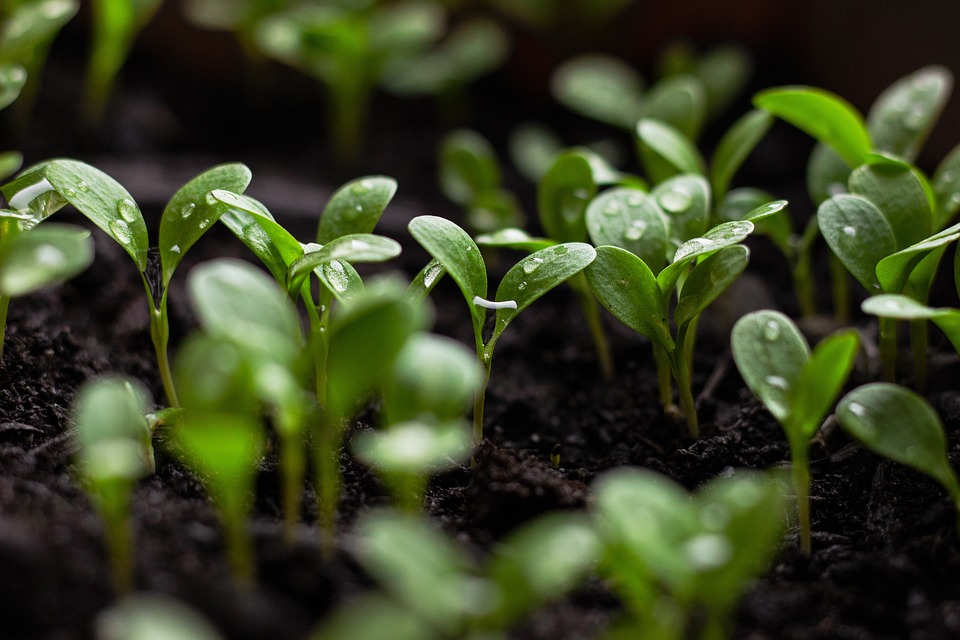The Importance of Plant Health Monitoring for a Thriving Garden
Having a lush and thriving garden is a dream for many homeowners and gardening enthusiasts. However, maintaining a healthy garden requires more than just watering and weeding. One crucial aspect of garden care that is often overlooked is plant health monitoring. By regularly monitoring the health of your plants, you can detect and address issues before they spiral out of control, leading to a more vibrant and bountiful garden.
Why Plant Health Monitoring is Important
Plant health monitoring involves regularly checking your plants for signs of pests, diseases, nutrient deficiencies, and other issues that can impact their growth and overall health. By identifying problems early on, you can take proactive measures to address them, preventing damage to your plants and ensuring they continue to thrive.
There are several reasons why plant health monitoring is essential for a successful garden:
1. Early Detection of Pests and Diseases
One of the primary benefits of plant health monitoring is the early detection of pests and diseases. By regularly inspecting your plants for signs of infestation or infection, you can take swift action to prevent the spread of harmful organisms and minimize damage to your garden.
2. Improved Plant Growth and Productivity
Monitoring the health of your plants allows you to identify nutrient deficiencies and other issues that may be hindering their growth. By addressing these issues promptly, you can ensure that your plants have the resources they need to thrive and produce abundant harvests.
3. Cost Savings
By catching problems early on and addressing them promptly, you can prevent the need for costly treatments or replacements. Regular plant health monitoring can save you money in the long run by reducing the likelihood of major issues that require extensive intervention.
How to Monitor Plant Health
There are several ways to monitor the health of your plants effectively:
1. Visual Inspection
Regularly inspect your plants for signs of pests, diseases, nutrient deficiencies, and other issues. Look for yellowing leaves, wilting, unusual growth patterns, or discoloration, which may indicate a problem that needs attention.
2. Soil Testing
Testing your soil for nutrient levels, pH, and other factors can help you determine if your plants are receiving the necessary nutrients for optimal growth. Soil testing kits are readily available at garden centers and can provide valuable insights into the health of your garden soil.
3. Pest Traps
Setting up pest traps, such as sticky traps or pheromone traps, can help you monitor pest populations and identify potential infestations before they become widespread. Regularly check your traps and take action if you notice an increase in pest activity.
Common Questions About Plant Health Monitoring
1. How often should I monitor the health of my plants?
It is recommended to monitor your plants at least once a week, especially during the growing season. However, you may need to increase the frequency of monitoring during periods of high pest activity or extreme weather conditions.
2. What are some signs that indicate my plants are unhealthy?
Common signs of plant health issues include yellowing or wilting leaves, stunted growth, unusual spots or discoloration, and pest infestations. If you notice any of these signs, it is essential to investigate further and take appropriate action to address the problem.
Conclusion
Plant health monitoring is a critical aspect of garden care that should not be overlooked. By regularly inspecting your plants for signs of pests, diseases, and nutrient deficiencies, you can ensure that your garden remains healthy and vibrant. Early detection of issues, improved plant growth, and cost savings are just a few of the benefits of plant health monitoring. Incorporating plant health monitoring into your gardening routine can help you maintain a thriving garden that brings you joy and satisfaction for years to come.


















































